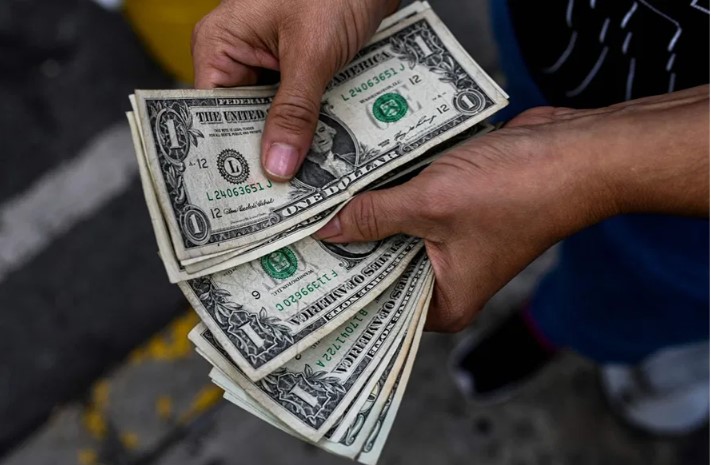Forex Remittances have crashed by 48% amid the Dollar shortage, a new CBN report has proven.
Newsonline reports that Nigeria’s total direct remittances dropped by $119.4m to $130.12m as of January 2022 from $249.52m as of December 2021, figures obtained from the Central Bank of Nigeria have revealed.
ALSO: CBN Approves N2bn For Artisans In Imo
The development indicates a 48 per cent over a period of one month.
According to the CBN’s record on weekly international payments, the country recorded $217.7m, $51.74m and $ 224.24m in total direct remittances in November, October and September, respectively.
Direct remittances come into the country via the International Money Transfer Operators, banks, among others.
The CBN’s economic report for the fourth quarter of 2021 said the emergence and spread of the omicron COVID-19 variant affected global economic dynamics and hampered the inflow of workers’ remittances.
ALSO: IMF Warns Central African Republic Against Adopting Bitcoin
It stated, “The secondary income account posted a lower surplus of $6.15bn, compared with $6.46bn in the preceding quarter, owing to a decrease in both general government and personal transfer receipts.
“Personal transfers, including workers’ remittances, fell by 5.0 per cent to $4.72bn in the fourth quarter of 2021, compared with $4.97bn in the preceding quarter, while receipts by the general government in the form of transfers decreased by 4.0 per cent to $1.5bn.”
The Governor, CBN, Godwin Emefiele, said the lessons learnt from its policies on remittances could be applied in improving some aspects of FX inflow into the country.
According to him, there are four major sources of FX inflow into Nigeria.
He said, “These are proceeds from oil exports, proceeds from non-oil exports, Diaspora remittances, and foreign direct/portfolio investments.”
At the launch of ‘RT200 FX Programme’ to boost forex supply in the country through the non-oil sector in the next three to five years, Emefiele said policies and measures introduced Diaspora inflow and remittances from an average of $6m per week in December 2020 to an average of over $100m per week by January 2022.
“The RT200 FX Programme is a set of policies, plans and programmes for non-oil exports that will enable us to attain our lofty yet attainable goal of $200bn in FX repatriation, exclusively from non-oil exports, over the next three to five years,” he said.
He said the programme’s five key anchors are a value-adding exports facility; non-oil commodities expansion facility; non-oil FX rebate scheme; dedicated non-oil export terminal; and biannual non-oil export summit.
